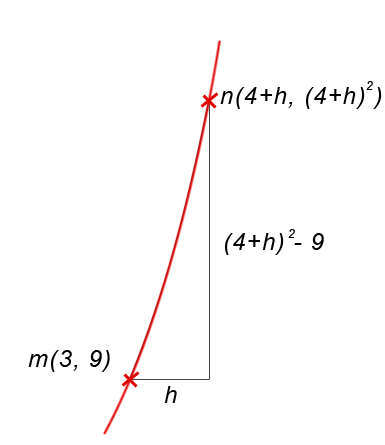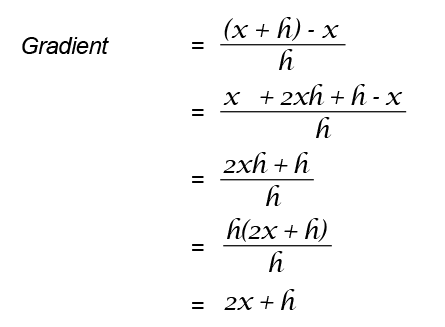Gradient of a Tangent to a curve
Calculating the gradient of a tangent to a curve can be very useful in mathematical calculations. Some mechanical structures such as ramps, rides are usually modelled around mathematical curves. In some cases there is a need to know the gradients of a tangent to a curve. Calculating the gradient at each point, this is called differentiation;
Differentiation in math terms is the mathematical procedure of taking the derivative of a function. A derivative is a tangent line to a curve on a graph.
Working with gradients of a tangent to a curve is actually very easy. The most important is understanding how graph coordinates work for example (x, y), everything else goes smoothly. For this topic however I won’t cover the basics of graphs and how their coordinates work. I assume you have a very good understanding.
You must also understand what a tangent is; A tangent to a curve at a certain point is a straight line which touches the curve at that point. As shown in the illustration.
[graph id=”15″]
Here is the graph y=x2. Suppose we wanted to find the gradient of the curve at the point (2, 4). If we drew the graph by hand, it would be impossible to find out the gradient of the tangent, because it will be unlikely that your graph is accurate.
To find the gradient of a tangent to a curve, we estimate it by using a nearby point in the graph in our calculation.
Here is a closer up of the graph above showing the point (2, 4), we’re trying to find the gradient of the tangent to the graph y = x2 at point (2, 4). We look at a nearby point, just a tiny tiny distance from our point in question (2, 4), let’s call that point m and the point a tiny distance away, n. We can see this from the graph close up.
If the x coordinate of point m is 2, this must mean that the x coordinate of n is 2+h. The y coordinate of n is y = x2. This means that the y coordinate of n is (2 + h)2. Do you follow? You must spend sometime trying to understand this part as it is vital!
The up distance is the difference between the y coordinate of m and the y coordinate of n.
We know the m coordinates being (2, 4) and the n coordinates being (2+h, (2+h)2)
…that means.
The gradient of mn = 4 + h2
But remember n is just a small distance away from m because of this, h must be really really tiny, pretty much a zero value. That means the gradient of mn is 4+0 since because h is very tiny.
Gradient of tanget to y=x2 at (2, 4) is 4.
Example 2
Here is another example.
What is the gradient of tangent to y=x2 at x = 4. y value = 42 … this means the coordinate values for our first point are (4, 16).
To find the gradient we need two points. The other point must be (4+h, (4+h2)2)
… this is equal to 8 + h
The gradient of y = x2 at x = 4 is 8
Example 3
The same applies to other graphs such as y = x3.
General formula for any point
There must a general formula that you could use to find the gradient of other points for a given graph. For example y = x2. This also applies to any graph such as y = x3. Let’s try to find a general formula for y = x2 below;

As we’ve seen from above since h gets really small it is unnecessary. So that leaves 2x as our formula.













not good
very easy to get lost as you didnt explain what h is